Specialty coffees are in vogue. This is proving to be a stimulus for the industry, both for micro-roasters and the beverage sector as a whole.
Despite being an ambitious sector, coffee has always been the big mystery, and now specialty coffee has appeared on the scene and is gaining momentum through the creation of small roasters. In this post, we’re going to discover what micro-roasters are, how they work, and, above all, how they are spreading like wildfire.
Coffee, along with tea and other stimulants, is famously one of the world’s most consumed beverages. As a product, it has been very well-established in the market for a long time, and no doubt is an essential one for the consumer. Drinking at least one cup of coffee is a habit and custom that forms part of millions of people’s daily routine.
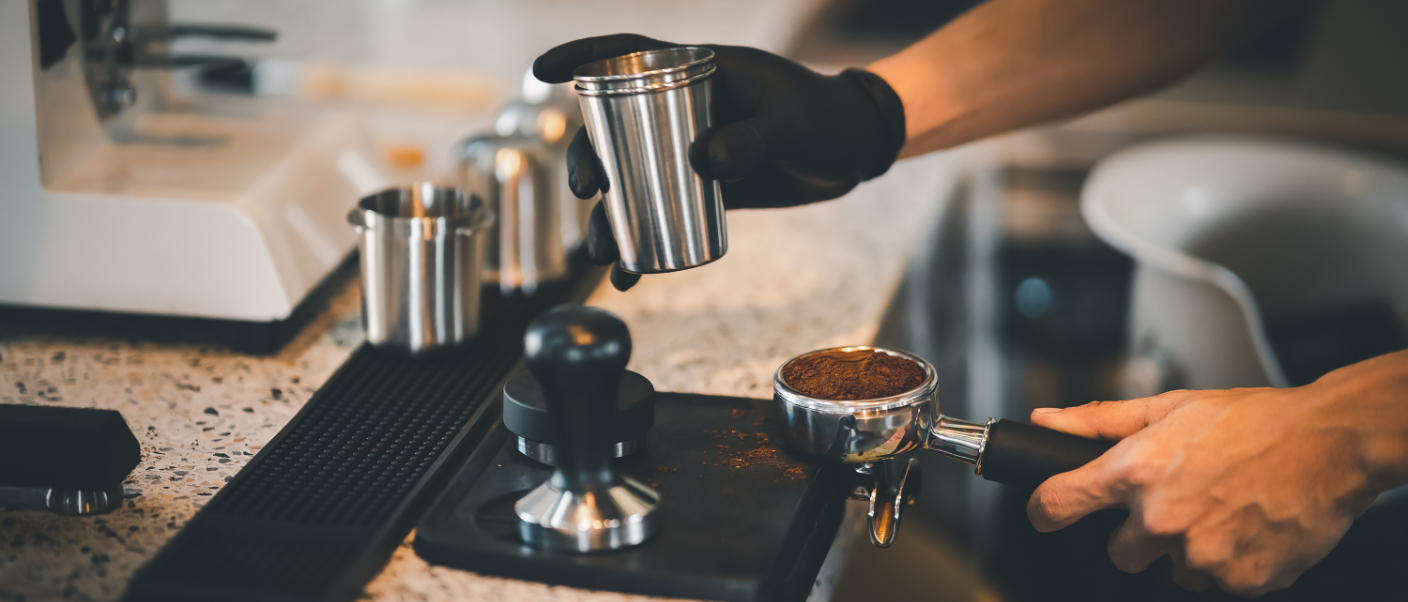
Nonetheless, until relatively recently and with rare exceptions, our close relationship with coffee has been mostly based on how we drink it: black, white, drip or espresso. We see countless varieties on supermarket shelves: ground, whole bean, instant, natural, with flavourings like vanilla, chocolate or hazelnut. But how much do we know about the roast? This is where we are at the moment, in a phase of wanting to know more, because when a roast is of high quality, the difference is noticeable.
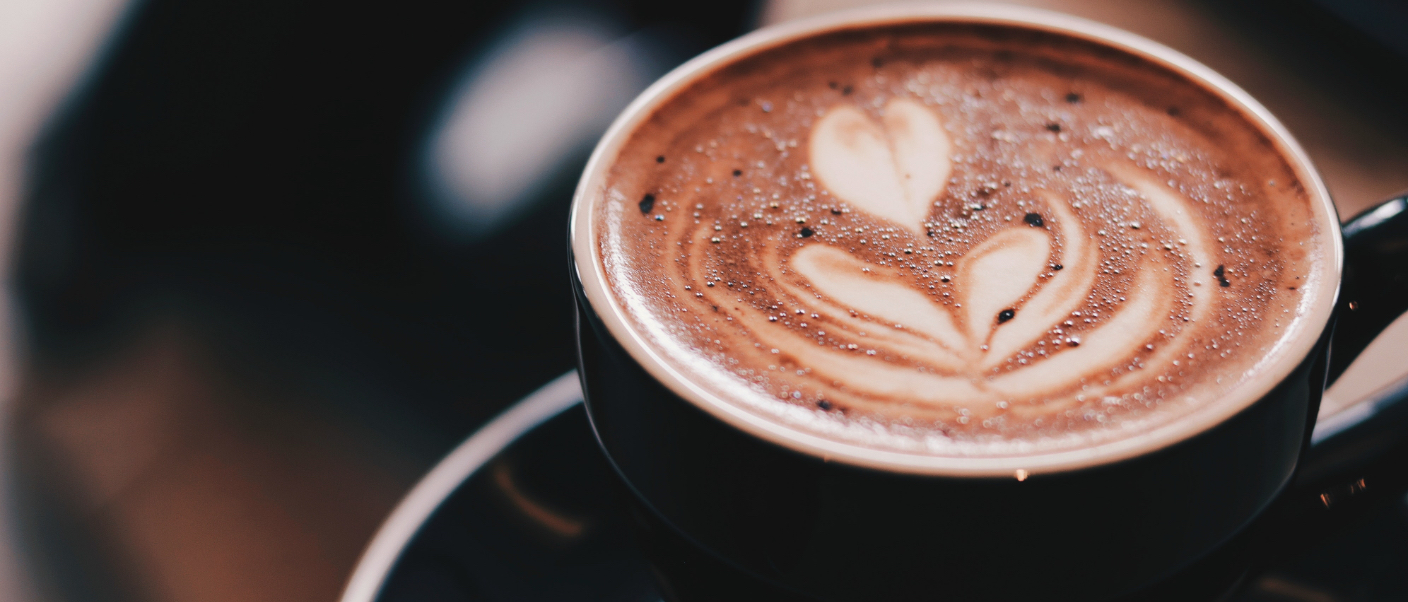
A cup of coffee is much more than just a simple cup of coffee now. It’s become a whole experience rich in sensations and nuances for the consumer. Times have changed and one of the star products trending right now is specialty coffee. Interest in how it’s grown and obtained, and in trying new sensations with higher quality options, has caused a revolution in coffee micro-roasters.
Coffee micro-roasters, how do they work?
Micro-roasters, or small coffee roasters, are ones that process less than 100,000 pounds per year. They’re local businesses, some family-owned, that produce artisanal coffee in small batches with great care and dedication. Quality is one of the essential concerns of these micro-production centres.
They’re like small laboratories, working to create flavours, aromas, new sensations and unique attributes that will set them apart from any other variety or type based on their higher quality.
If coffee production consists of growing, roasting and processing, micro-roasters typically work directly with growers that offer sustainable, fair-trade, environmentally-friendly and quality products (in areas like Central America, South America, or countries like Brazil, Vietnam, etc.), thereby cutting out the middlemen.
They then take care of the process of roasting and processing the coffee themselves. They roast and process the beans artisanally and sell them directly to specialised coffee shops and consumers.
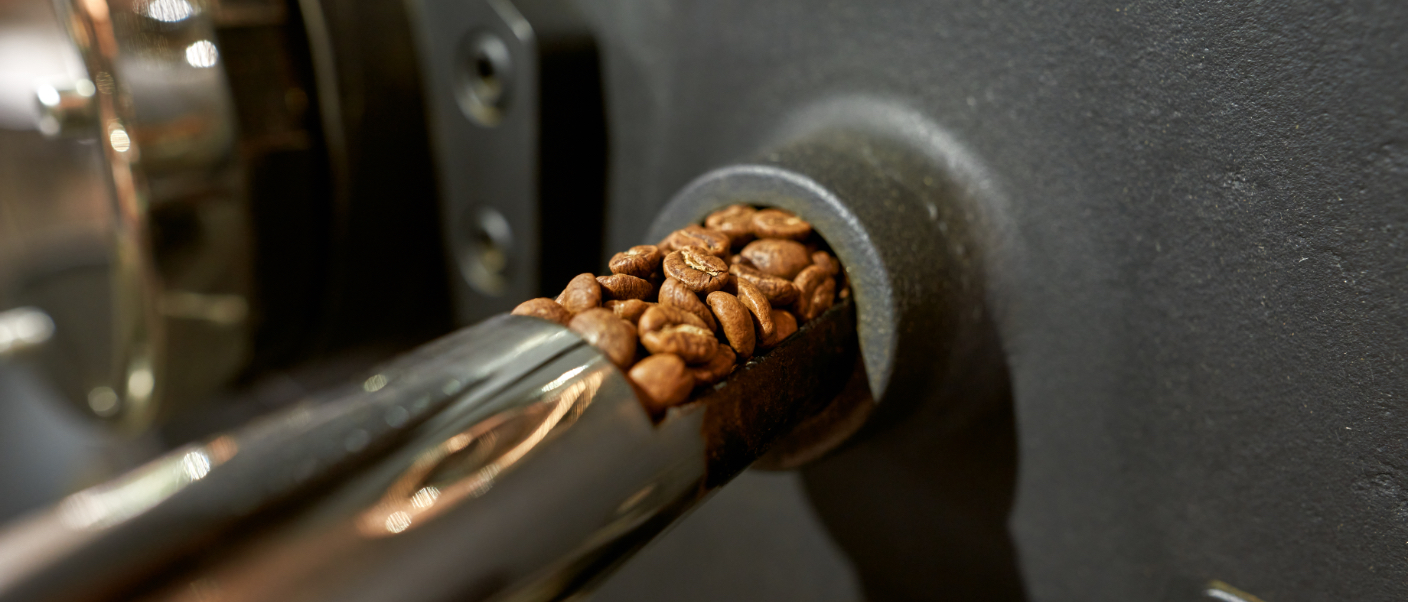
Nonetheless, some producers of specialty coffees prefer to place their faith in automation. For them, AI-guided automation improves the roasting results and can help ensure their consistency. Thanks to temperature probes, roasting curves and the value added by roasting specialists, technology plays an important role in this entire process of achieving an excellent final roast.
Micro-roasters, a growing market
Coffee micro-roasters have turned into a business line that works by itself. It’s a relatively recent production formula (it emerged from the so-called ‘third wave coffee’ movement around the year 2000). It arose because cafe owners wanted to take on new challenges like buying, roasting and selling coffee themselves.
Besides using marketing strategies to sell it—thanks to their knowledge of the product, their relationship with the grower and the story behind each specialty—they present it as a product with its own unique personality.
The countries that buy the most specialty coffee are the United States, Japan and, as a continent, Europe is also at the forefront of this demand. The future for this segment looks promising, and although the data is inexact, it can be said that this line of coffees is making its way little by little into the on-trade and off-trade worlds. The data in Spain is fuzzy, but it’s clear that the coffee transformation is here to stay. Among the many roasters that are opening up, the case of Tornado Coffee Roaster in Barcelona is a good example of entrepreneurship in this market.
Characteristics of micro-roaster coffee
Micro-roaster coffee is produced with great care, and that makes all the difference. It means:
- That the coffee is of the highest quality and therefore commands a higher price. Not everyone can afford the luxury of enjoying one or more specialty coffees every day. Logically, their production involves a series of processes and higher costs, but the quality makes it worth it. These are coffees that people tend to reserve for special and exceptional consumption moments.
- The philosophy of these small businesses rests on various pillars: Sustainability, to satisfy current needs without sacrificing future generations. Traceability, by knowing everything about the coffee’s provenance (where it comes from, how it is produced, etc.) and transparency, by understanding how the supply chain works.
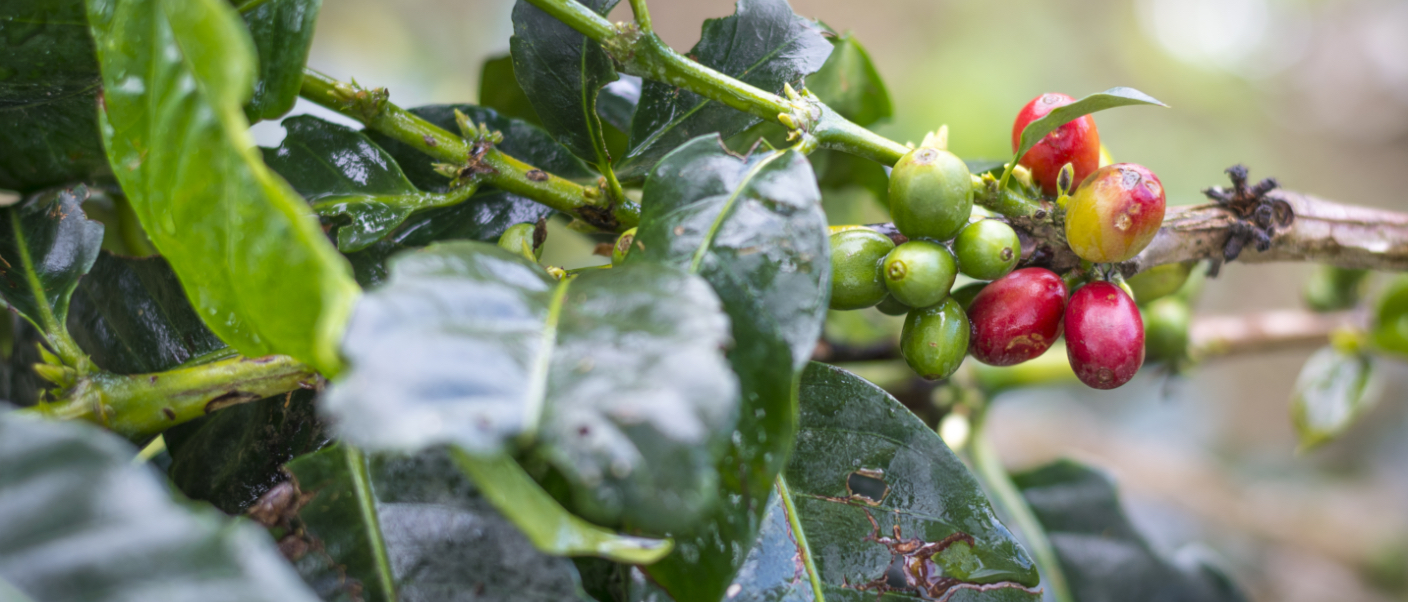
- Lastly, micro-roasters produce various types of specialty coffee. Blends (based on different coffees) or single-origin coffee (beans grown in one country, region or area, or even from a single estate or cooperative). This facilitates a relationship or direct trade with the grower.

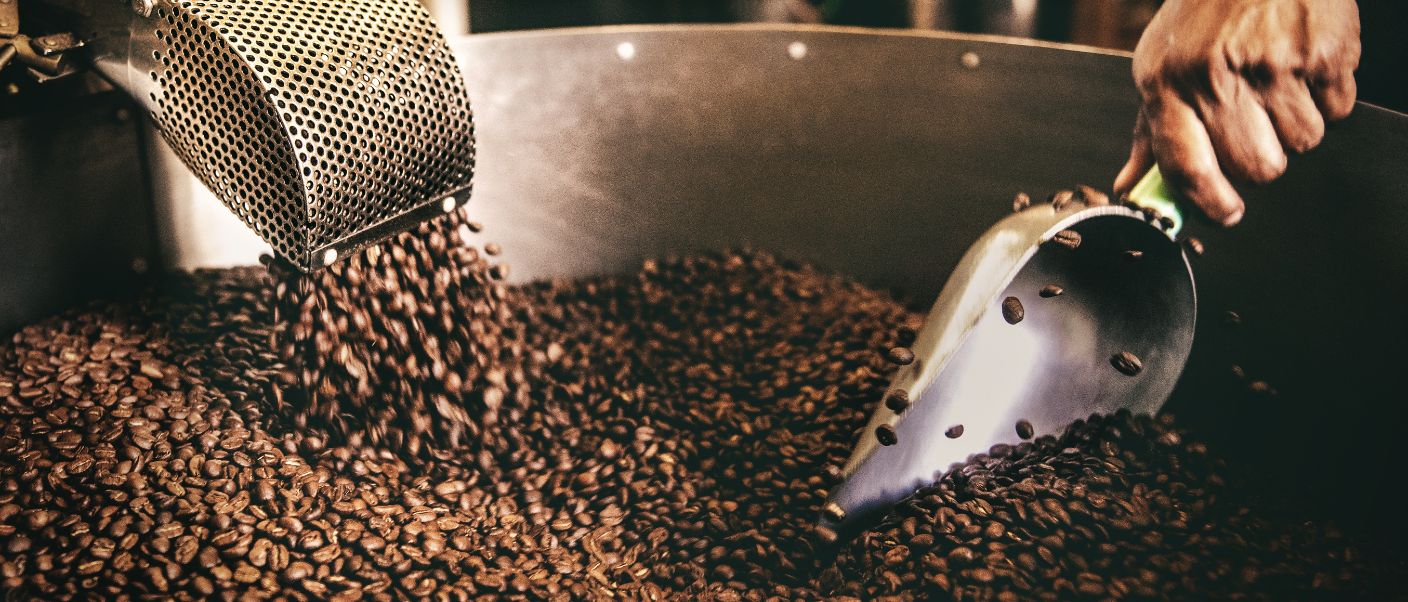








Comments